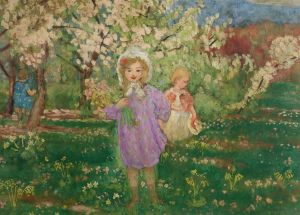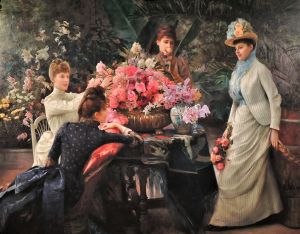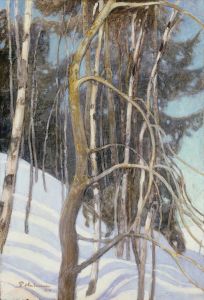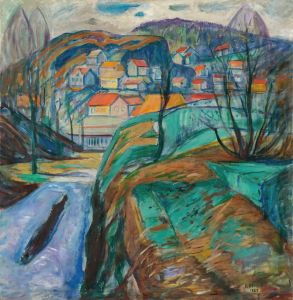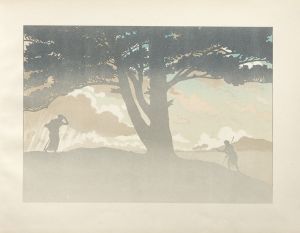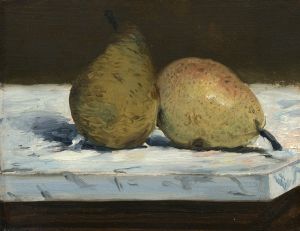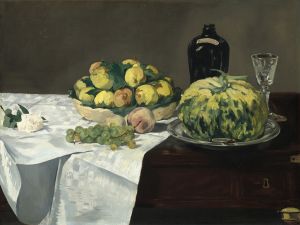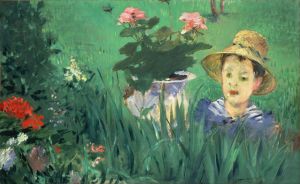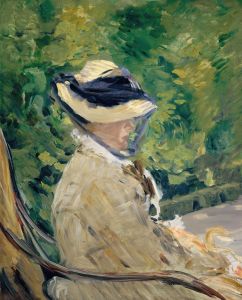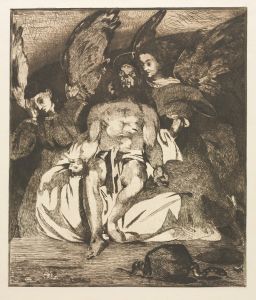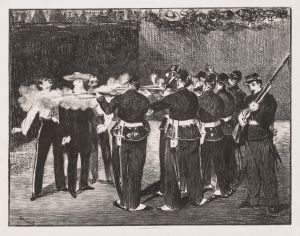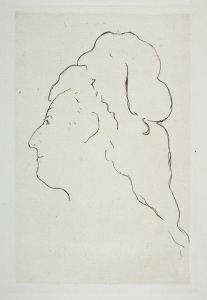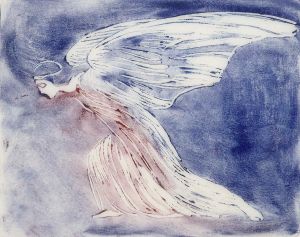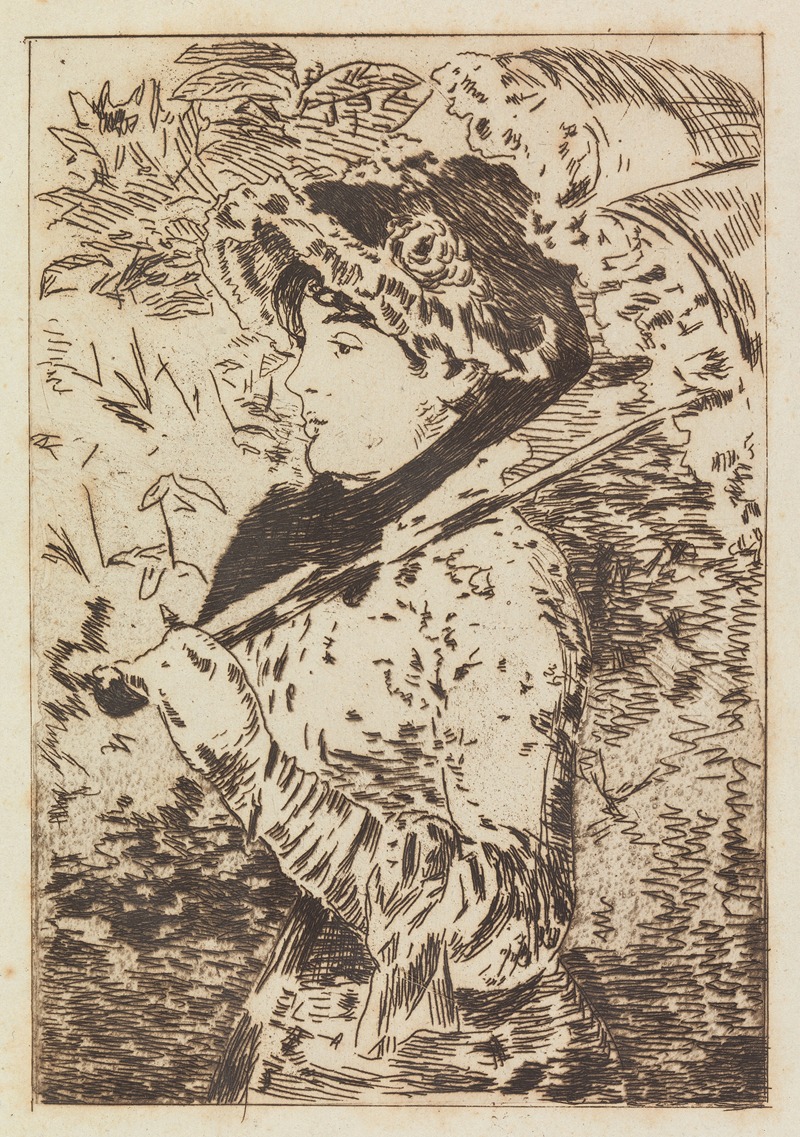
Jeanne Le Printemps
A hand-painted replica of Édouard Manet’s masterpiece Jeanne Le Printemps, meticulously crafted by professional artists to capture the true essence of the original. Each piece is created with museum-quality canvas and rare mineral pigments, carefully painted by experienced artists with delicate brushstrokes and rich, layered colors to perfectly recreate the texture of the original artwork. Unlike machine-printed reproductions, this hand-painted version brings the painting to life, infused with the artist’s emotions and skill in every stroke. Whether for personal collection or home decoration, it instantly elevates the artistic atmosphere of any space.
Édouard Manet's painting "Jeanne (Spring)" is a celebrated work of art that exemplifies the artist's innovative approach to portraiture and his engagement with contemporary themes. Painted in 1881, this oil on canvas is part of a series of seasonal allegories that Manet intended to create, although "Jeanne" is the only completed work in the series. The painting is housed in the J. Paul Getty Museum in Los Angeles, California.
The subject of the painting is Jeanne Demarsy, a young Parisian actress and model who was known for her beauty and charm. In "Jeanne (Spring)," Manet captures her in a three-quarter-length portrait, set against a lush, floral background that evokes the vitality and renewal of spring. Jeanne is depicted wearing a fashionable, light-colored dress adorned with flowers, and she holds a parasol, which was a common accessory in 19th-century fashion. Her attire and the floral motif reinforce the theme of spring, symbolizing youth, beauty, and the blossoming of nature.
Manet's technique in "Jeanne (Spring)" reflects his mastery of light and color, as well as his ability to convey texture and depth. The painting is characterized by its vibrant palette, with soft pastels and vivid greens that create a sense of freshness and immediacy. Manet's brushwork is loose yet precise, capturing the delicate features of Jeanne's face and the intricate details of her attire. The background, with its impressionistic rendering of foliage, complements the figure without detracting from her presence.
"Jeanne (Spring)" was exhibited at the Paris Salon of 1882, where it received considerable attention and acclaim. The painting was praised for its modernity and elegance, showcasing Manet's ability to blend traditional portraiture with contemporary sensibilities. It reflects the influence of Impressionism, particularly in its use of light and color, while maintaining the compositional clarity and focus associated with Manet's earlier works.
The painting holds a significant place in Manet's oeuvre, as it represents one of his last major works before his death in 1883. It encapsulates his lifelong interest in capturing the essence of modern life and the fleeting moments of beauty within it. "Jeanne (Spring)" is often regarded as a testament to Manet's enduring influence on the development of modern art, bridging the gap between Realism and Impressionism.
In addition to its artistic merits, "Jeanne (Spring)" offers insight into the cultural and social milieu of late 19th-century Paris. The choice of Jeanne Demarsy as the model reflects the era's fascination with actresses and the emerging celebrity culture. The painting also highlights the fashion and aesthetics of the time, providing a glimpse into the tastes and trends that defined the Belle Époque.
Overall, "Jeanne (Spring)" by Édouard Manet is a masterpiece that continues to captivate audiences with its beauty and sophistication. It stands as a testament to Manet's artistic vision and his ability to capture the spirit of his time, making it a cherished work in the history of art.





